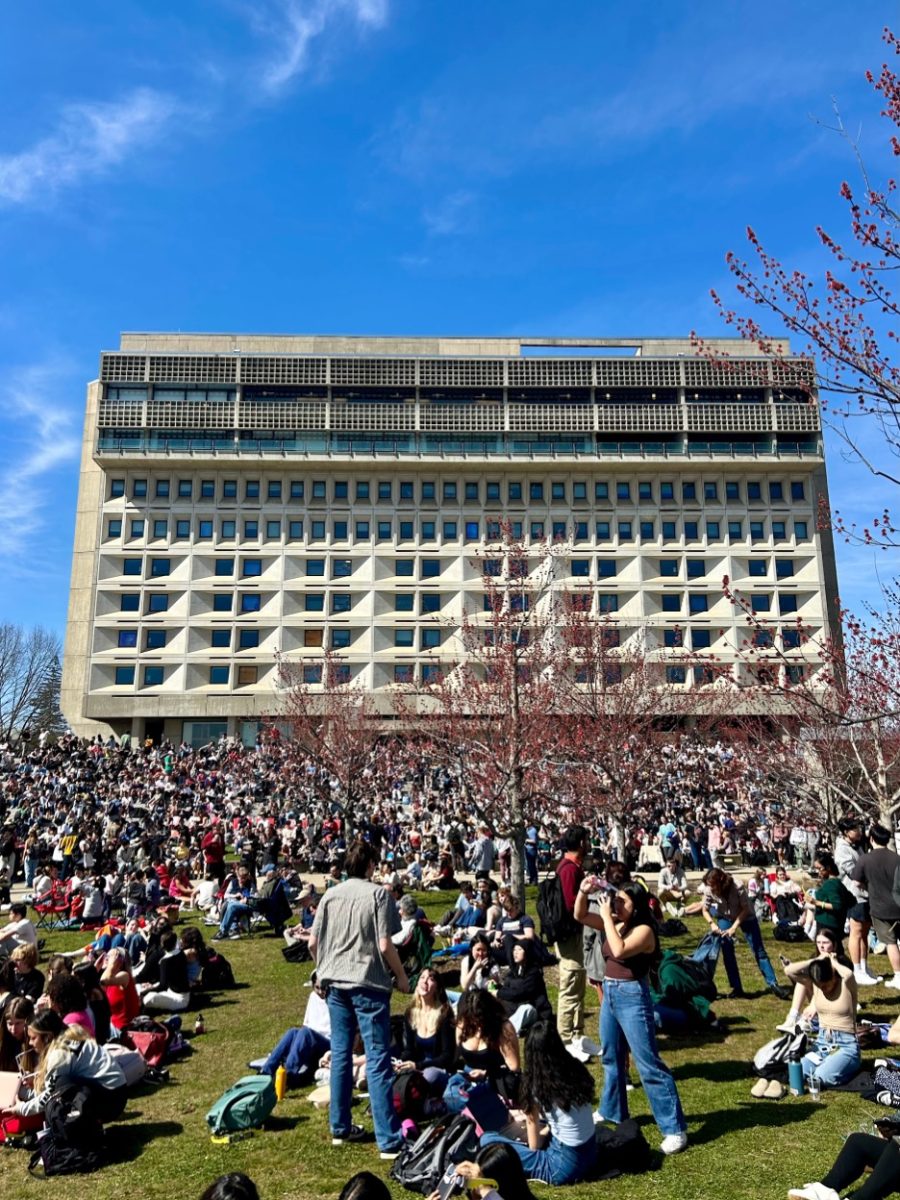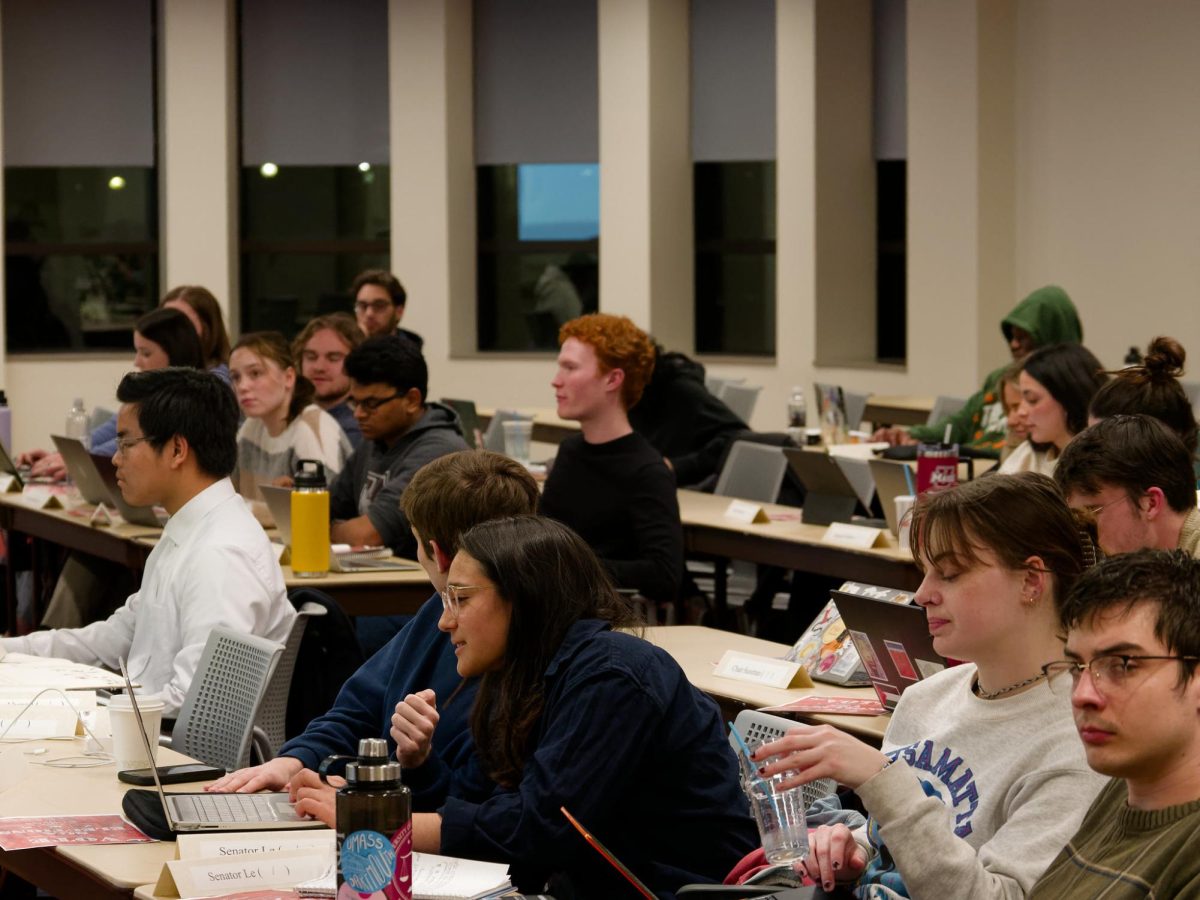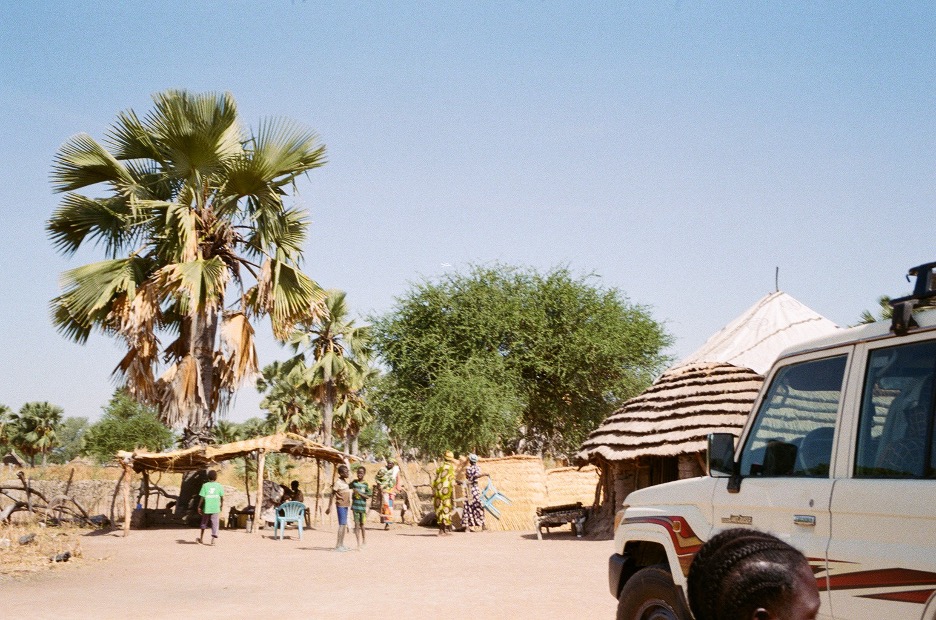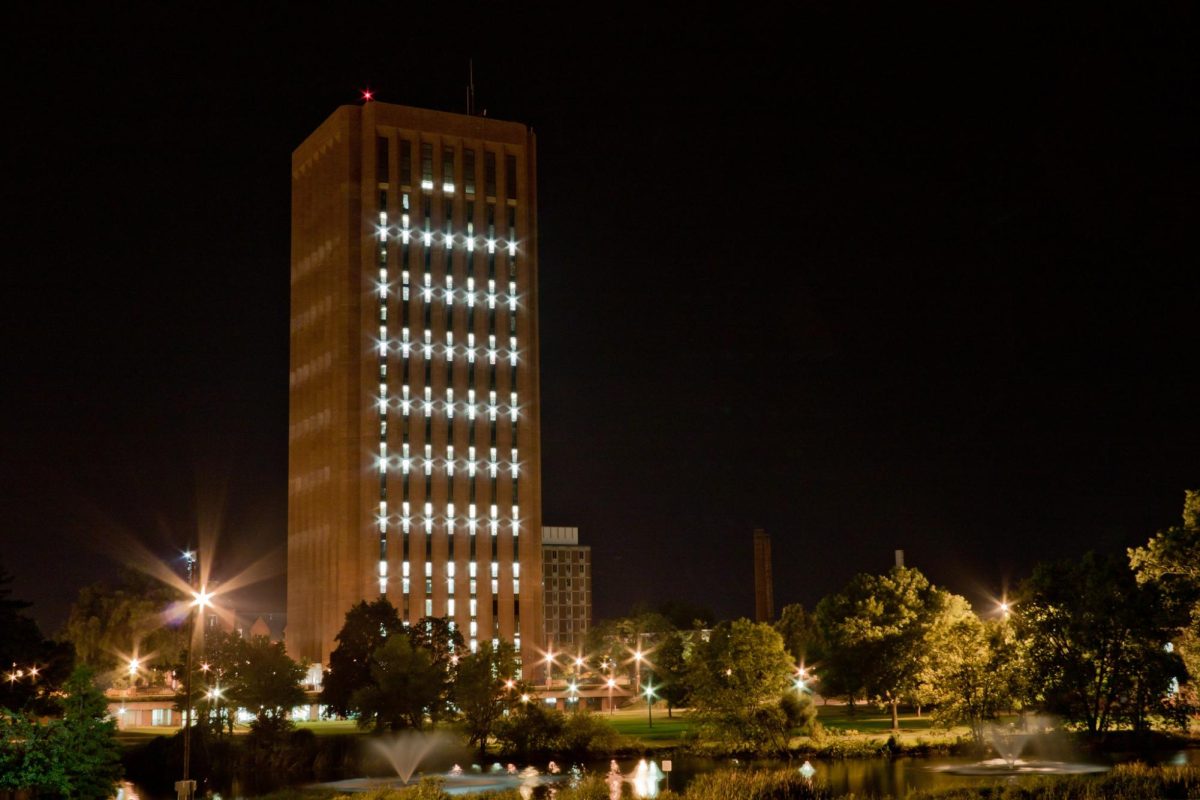At an Amherst College event on Tuesday, Gopal Narayanan, an associate professor of astronomy at the University of Massachusetts, discussed his role in the groundbreaking imaging of a supermassive black hole.
Narayanan and his team of UMass scientists, collaborating with institutions around the world, released the very first image of a supermassive black hole earlier this year as part of the Event Horizon Telescope. The image, which was viewed by more than 4 billion people around the world and received a Breakthrough prize, represents one of the most concrete examples yet of the cosmos’ least understood phenomena, according to Narayanan.
“Event Horizon Telescope is a global consortium all scattered around filled with scientists, engineers, post docs, graduate students,” Narayanan said. “This was a tremendous triumph of big science done in a collaborative fashion, that’s what it took.”
The image, which shows the supermassive black hole at the center of the galaxy Messier-87, some 55 million light years away, was the product of years of coordinated effort across several institutions and countries. According to the event’s page, the observations were made in 2017.
The telescope used for imaging was not simply one large telescope, but rather the combined data of eight different telescopes around the world, from Hawaii to Spain to Antarctica, working in unison to produce one coordinated image.
“Every telescope has to observe the same source at the precise second so we can bring the data together in unison,” Narayanan noted.
The largest of the eight telescopes, which Narayanan worked on personally, was located on a dormant volcano in Mexico known as the Sierra Negra. UMass researchers have been involved with the telescope for more than twenty years. The M87 imaging event was “by far the largest science project UMass has ever undertaken, and for the entire country of Mexico, by far the largest project undertaken by country with a $150 million investment up to this point.”
Beyond the expertise of the more than 347 researchers who collaborated on the project, Narayanan credited some of the momentous scientific breakthrough to sheer luck.
“It was an amazing 10 days. I had been going to the [Large Millimeter Telescope in Mexico] for [the] past ten years, I spent days to weeks to months, and it had never been [that] I had amazing weather ten days in a row,” he said. “This time we had that, all across the world. For all the telescopes for ten days we had great weather.”
“That was what it took really, was great luck. We had all the technology engineered but really what it took was great luck,” he added. “We knew this was something special.”
The image produced shows a black hole larger in size than the entire Milky Way solar system, and the diameter of the M87 supermassive black hole was calculated to be larger than the entire length travelled by the Voyager 1 probe, the furthest away man made object ever sent into orbit.
Kate Follette, a professor of astronomy at Amherst College and the organizer of the event, said the “observational verification of relativity is a big deal [and] is something people have been looking for a long time.”
“Obviously, just the technological advancements required to do it have implications for all kinds of science,” she added.
Narayanan noted the project is by no means through after this momentous and widely publicized discovery. According to the professor, the next generation EHT project is already underway and UMass is currently building a prototype dual frequency receiver, with the hope to soon be able to produce not just pictures, but videos of supermassive blackholes. The eventual goal of the group is to visually document the black hole at the center of the Milky Way.
Colin Bratton can be reached at [email protected].



















